
Update: This article was last updated on 3rd November 2023 to reflect the accuracy and up-to-date information on the page.
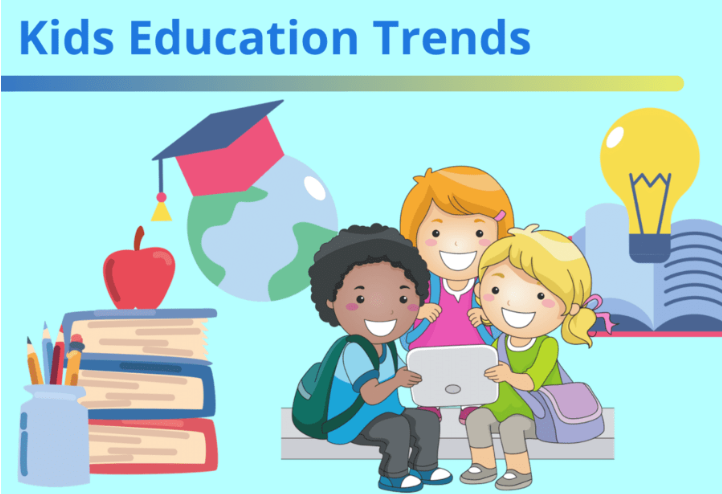
Image Source: create-learn.us
As we enter 2024, the education world continues to evolve rapidly, fueled by technological advancements and innovative approaches. It is crucial to stay up-to-date with the latest trends shaping the future of children’s education. This article will explore the top 10 trends for kids that are revolutionizing their learning and growth.
Recommended Reading: 5 UP AND COMING TRENDS ABOUT ROBOTICS
Moonpreneur
1. Personalized Learning
Personalized learning tailors educational materials to each child’s unique needs, interests, and learning styles. It leverages technology to provide adaptive content, allowing students to learn at their own pace and focus on areas that require more attention. This approach fosters engagement, motivation, and deeper understanding.
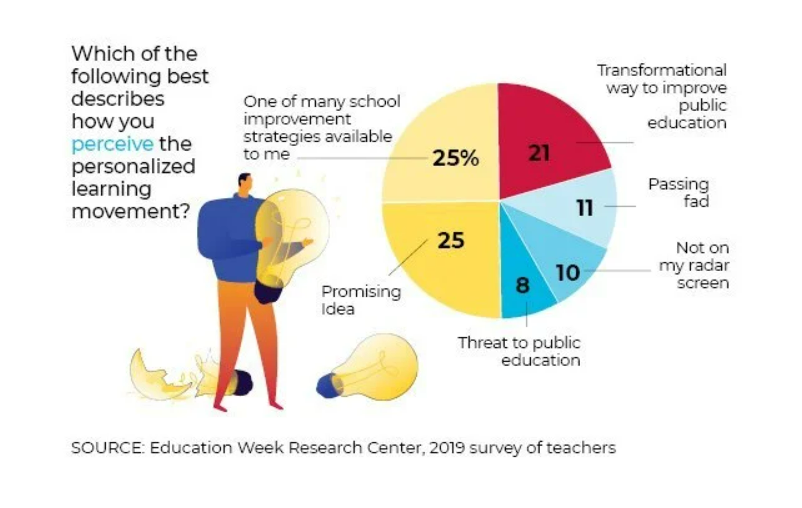
2. Gamification
Albert Einstein once famously stated, “Play is the highest form of research.”
This statement holds, especially in the current scenario where education has undergone a transformative process by incorporating gamification techniques.
Gamification integrates game elements and mechanics into educational activities, making learning more interactive and enjoyable. By incorporating rewards, challenges, and competition, gamified learning motivates children to actively participate, collaborate, and develop problem-solving skills in a fun and engaging manner.
3. Coding and Computational Thinking
One of the technological world pioneers, Steve Jobs, said, “Everybody should learn how to program a computer because it teaches you how to think.”
With technology becoming increasingly prevalent, coding and computational thinking skills have become essential. Introducing children to coding equips them with technical skills and promotes logical reasoning, creativity, and critical thinking. It empowers them to become active contributors and creators in the digital world.
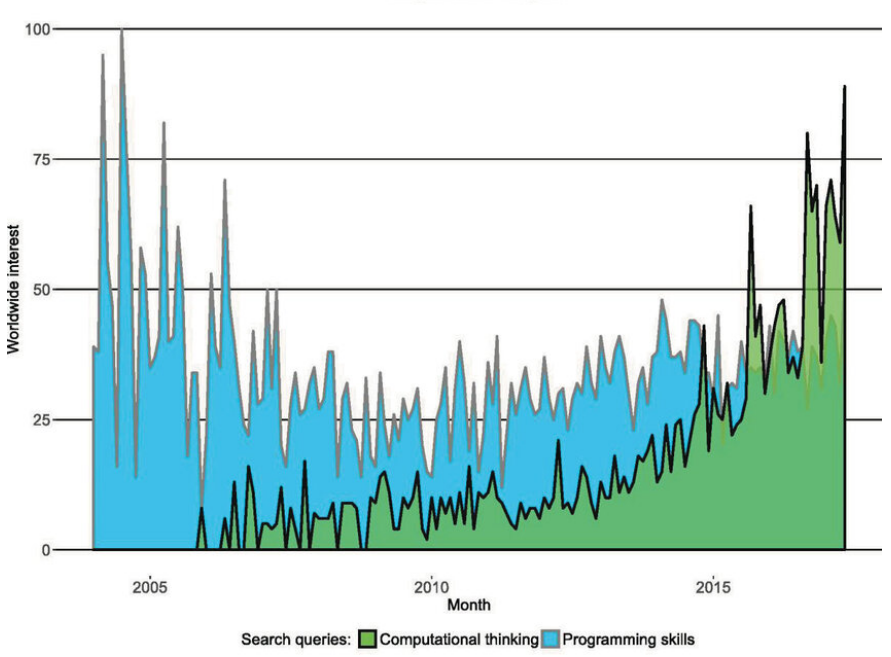
Advantages of Computational Thinking:
1. Problem-Solving Skills: It encourages breaking down complex problems into smaller, more manageable components, identifying patterns, and designing efficient algorithms to solve them.
2. Critical Thinking and Creativity: It promotes analytical thinking and creativity.
Disadvantages of Computational Thinking:
1. Overemphasis on Algorithmic Thinking: Computational thinking, if exclusively focused on algorithms and programming, may limit a person’s problem-solving perspective.
2. Technical Barriers: It often requires familiarity with programming languages or specific software tools. It is crucial to ensure computational thinking is inclusive and accessible to all learners, regardless of their technological background or resources.
It’s important to note that the disadvantages can be mitigated by adopting a holistic approach to computational thinking, integrating it with other problem-solving methodologies, and promoting inclusivity in its application.
4. Virtual Reality (VR) and Augmented Reality (AR)
Virtual and augmented reality technologies offer immersive and interactive learning experiences beyond traditional boundaries. Using VR headsets or AR devices, students can explore historical events, visit far-off places, and engage with complex concepts in a realistic and captivating way. This trend enhances student engagement, curiosity, and retention of knowledge.
5. Artificial Intelligence (AI) in Education
Artificial intelligence will be the electricity of the 21st century: Andrew Ng.
His prophetic words have indeed materialized, becoming a reality. AI revolutionizes education by providing personalized learning experiences, intelligent tutoring, and data-driven insights. AI-powered tools analyze vast amounts of student data, allowing educators to deliver tailored content, identify areas for improvement, and provide timely interventions. This trend enables a more efficient and effective educational experience.
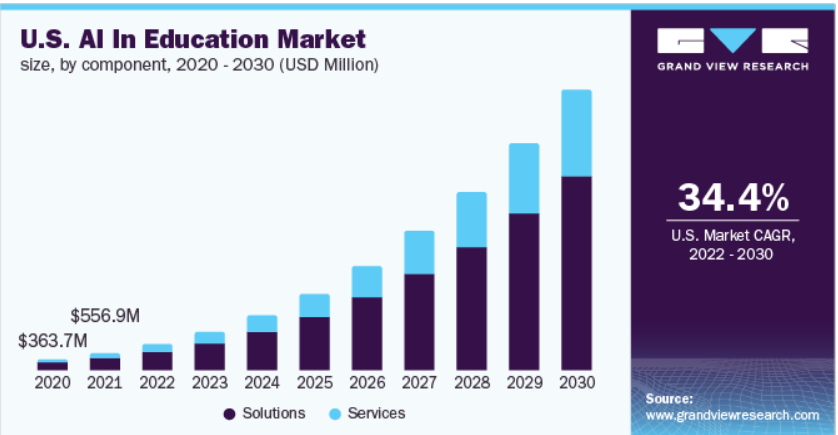
6. Project-Based Learning
Project-based learning actively engages children in real-world projects, solving problems and applying their knowledge to create tangible outcomes. Students develop critical thinking, communication, and collaboration skills by working collaboratively. This trend fosters creativity, autonomy, and a deeper understanding of concepts.
7. Social-Emotional Learning (SEL)
Education is not the learning of facts but the training of the mind to think: Albert Einstein.
Social-emotional learning focuses on developing students’ emotional intelligence, empathy, resilience, and interpersonal skills. It aims to create a positive and inclusive classroom environment where students can thrive academically and emotionally. SEL programs cultivate self-awareness, self-regulation, and healthy relationships, preparing students for success in all areas of life.
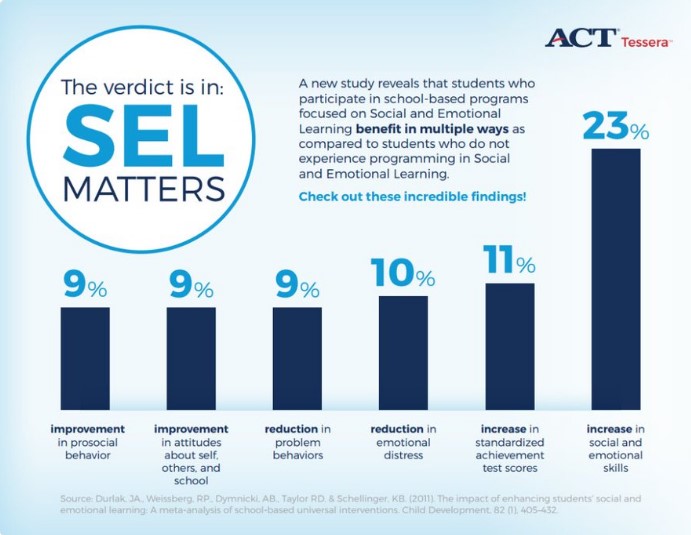
8. Mobile Learning
Mobile learning leverages the ubiquity of smartphones and tablets to provide access to educational content anytime, anywhere. Mobile apps and platforms offer interactive lessons, videos, quizzes, and collaborative tools that enable personalized learning on the go. This trend promotes flexibility, individualized instruction and expands learning opportunities beyond the confines of a traditional classroom.
9. Data-Driven Instruction
“In God we trust, all others must bring data.” – W. Edwards Deming.
The celebrated management thinker’s statement underscores the significance of data measurement and analysis in business. Today, in our data-driven world, data analysis is pivotal in improving future outcomes. It has become increasingly crucial not only in various industries but also in the education industry.
Data-driven instruction uses student data to inform teaching strategies, curriculum development, and personalized interventions. By analyzing assessment results and learning analytics, educators gain insights into student progress, identify areas of improvement, and make evidence-based instructional decisions. This trend enhances instructional effectiveness and helps tailor education to meet individual needs.
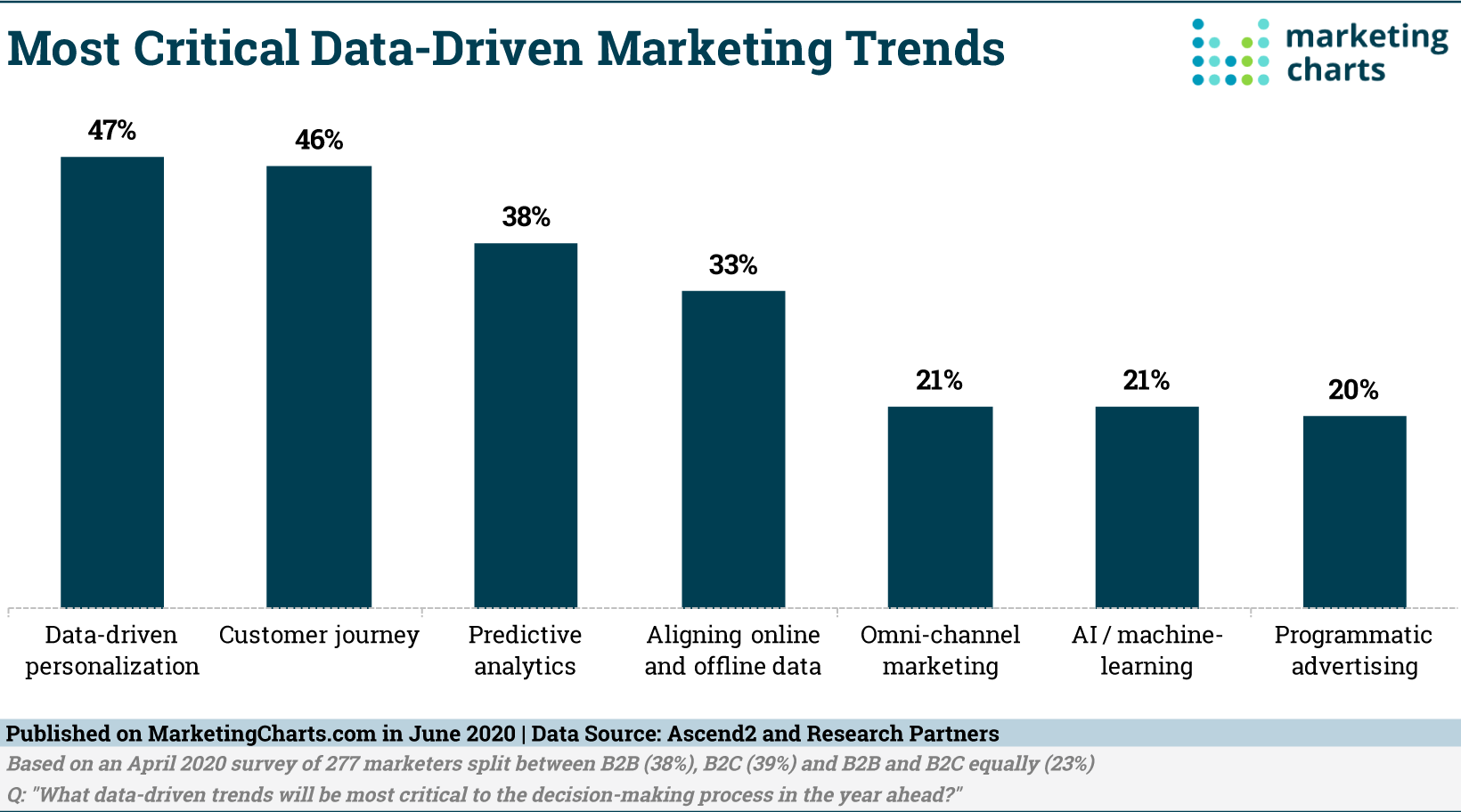
10. Global and Cultural Awareness
The world is a book, and those without travel read only one page: Saint Augustine.
Fostering global and cultural awareness prepares children to thrive in a diverse and interconnected world. It exposes students to different cultures, traditions, languages, and perspectives. By promoting empathy, respect, and understanding, this trend nurtures global citizenship and equips children with the skills necessary to navigate an increasingly interconnected society.
11. Financial Literacy and Entrepreneurship
We were not taught financial literacy in school. It takes a lot of work and time to change your thinking and to become financially literate: Robert Kiyosaki

Image source: https://icsb.org/
Peace, pace of life, and prosperity are related to our financial management skills. Financial literacy, a key life skill that gives children the power to make wise financial decisions, is a must for a stable financial future.
And making children financially literate is another trend that is gaining momentum.
The ways to make children financially literate:
1. Introduce fundamental ideas in a realistic and age-appropriate way. For instance, while shopping, teach them to differentiate between needs and wants.
2. Encourage children to save from their allowance or wages while stressing the value of having objectives.
3. Introduce advanced ideas to older ones, such as budgeting, separating needs from wants, and the advantages of delaying gratification.
4. To reinforce these concepts, give practical experiences, such as managing a tiny allowance or taking part in fictitious financial operations.
5. Show kids how to earn interest through savings accounts, basic investments like piggy banks, or educational applications.
6. Encourage free discussion and inquiries to help children learn and develop in a secure environment.
7. Gradually introduce them to increasingly complex subjects, including investment, taxes, and charity.
There are numerous apps available to assist them.
Entrepreneurship
Fostering entrepreneurial skills in children is trending, and many edtech platforms, such as Moonpreneur, offer courses tailored to instill these skills in youngsters.
Entrepreneurship is the process of identifying opportunities, growing, and running a new business venture, and assuming the associated risks to solve a problem while seeking financial or non-financial rewards.
- You can start by encouraging your child’s problem-solving and creative abilities.
- Encourage them to think of common issues and potential solutions.
- Help them write a straightforward business plan that outlines the services their venture will provide and possible clients.
- Assist them in developing a prototype and conducting basic market research. Teach basic financial literacy principles and sales methods.
- Celebrate their accomplishments along the road and place an emphasis on adaptation and learning from mistakes.
With this practical approach, kids learn important life skills while also developing an entrepreneurial perspective.
12. STEM to STEAM – Integration of Art in STEM Education
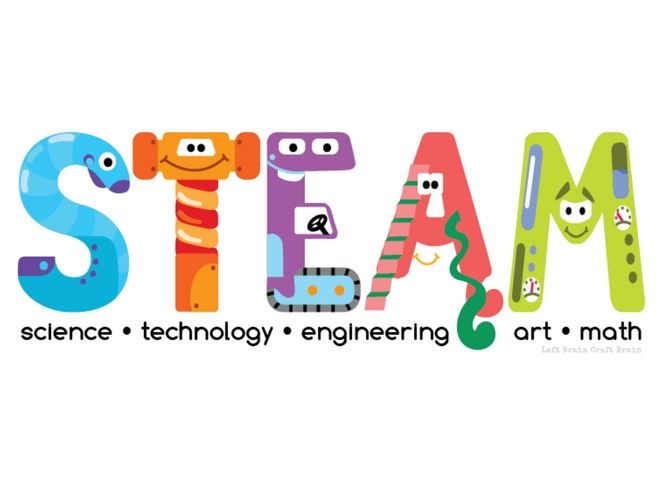
STEAM (Science, Technology, Engineering, Arts, and Mathematics), often known as the integration of art in STEM education, is an interdisciplinary strategy that blends the artistic and analytical components of STEM fields.
- STEM and STEAM are basically different ways of looking at science.
- STEM emphasizes hard scientific skills to solve real-world issues, while STEAM combines both hard and soft skills to solve problems.
- Students are taught to think critically, solve issues, and approach obstacles with creativity and ingenuity by incorporating art into the STEM curriculum.
- This strategy emphasizes that creativity and aesthetics play a key role in scientific and technical achievements while recognizing the interdependence of various fields.
Students are better prepared for a diverse and fast-changing world thanks to STEAM education, which promotes a comprehensive grasp of complicated subjects. It helps them gain a broad range of skills that are necessary for success in the 21st century through practical projects and creative expression.
Conclusion
As we enter 2024, the top 10 current trends for kids in education showcase the exciting possibilities that lie ahead. From personalized learning and gamification to emerging technologies like virtual reality and artificial intelligence, these trends reshape the educational landscape and provide children with engaging, interactive, and tailored learning experiences. By embracing these trends, educators and parents can nurture a generation of lifelong learners with the skills and knowledge to thrive in an ever-changing world.
Moonpreneur is on a mission to educate and ignite the flames of entrepreneurship through our holistically created online STEM programs, which will help kids master the futuristic sciences such as Robotics, Game Development, App Development, Advanced Math, and much more!!
Register for a free 60-minute robotics workshop today!












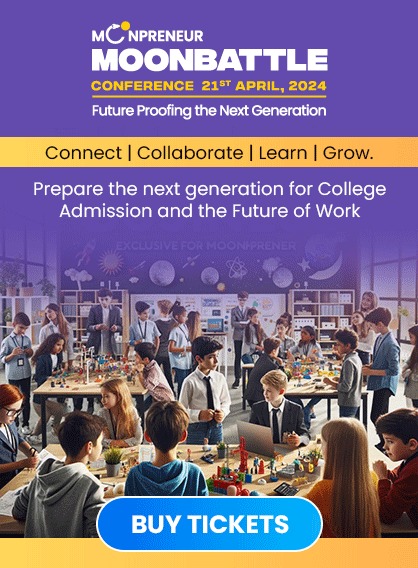




Which books or series are captivating the imaginations of young readers this year?
My child like these the most
Diary of a Wimpy Kid” series by Jeff Kinney Percy Jackson & the Olympians” series by Rick Riordan The “Dog Man” series by Dav Pilkey Dork Diaries” series by Rachel Renée Russell
Which emerging sports or physical activities are gaining popularity among kids?
Emerging sports and physical activities for kids include Parkour, Spikeball, Ultimate Frisbee, Rock Climbing, Yoga, Ninja Warrior courses, Synchronized Swimming, and Esports. These activities offer a diverse range of experiences, from urban agility to water-based teamwork, catering to various interests and fitness levels.